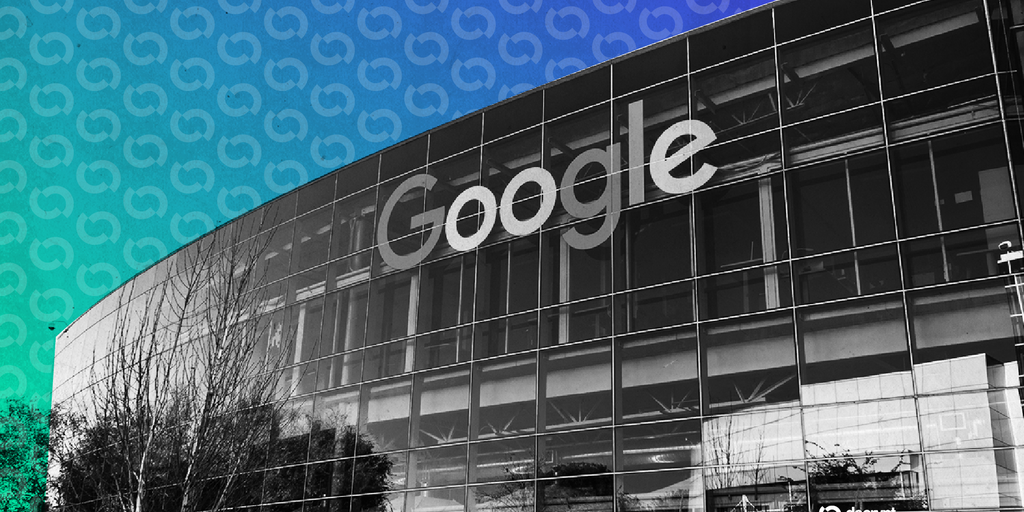The discovery stems from the AI’s ability to understand the “language” of individual cells, identifying how to make certain hard-to-treat or “cold” tumors visible to the body’s immune system. These types of tumors typically evade immune detection, posing one of the toughest challenges for immunotherapy.
By uncovering a mechanism that helps “heat up” these tumors, DeepMind’s system could pave the way for new types of combination treatments in oncology.
“With more preclinical and clinical tests, this discovery may reveal a promising new pathway for developing therapies to fight cancer,” said Google CEO Sundar Pichai in a post on X.
Teaching AI to read the language of cells
The C2S-Scale 27B model was designed to reason through extremely complex biological conditions that smaller models could not process. Its task was to identify drugs that could boost immune signaling. Specifically, the model aimed to amplify antigen presentation, which helps immune cells recognize cancer, but only under very particular biological conditions.
To do this, the AI used what researchers call a dual-context virtual screen, analyzing more than 4,000 drugs across patient tumor samples and isolated cell data. This large-scale simulation allowed it to identify compounds that would selectively enhance immune activation in relevant biological settings, rather than across the board.
The results were surprising. While some of the AI’s hits were already known drugs, around 10 to 30 percent were entirely new candidates—substances with no previous connection to cancer immunotherapy or immune modulation.

